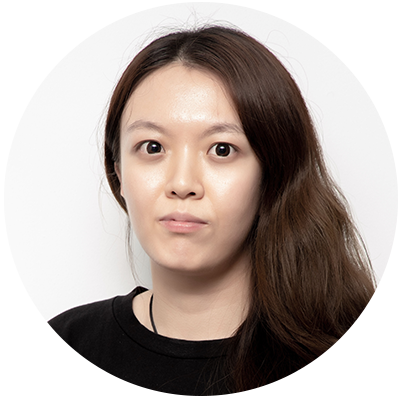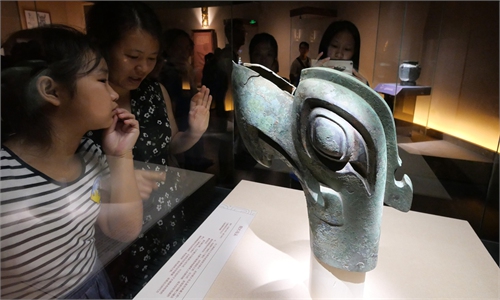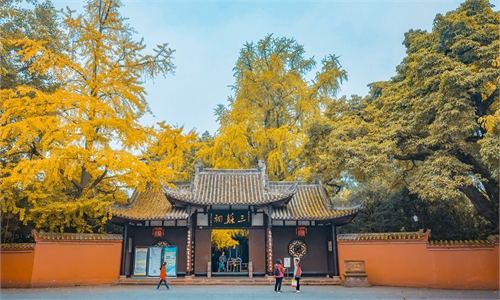ARTS / ART
Improved digital technology preserving China’s cultural relics
Virtual immortality
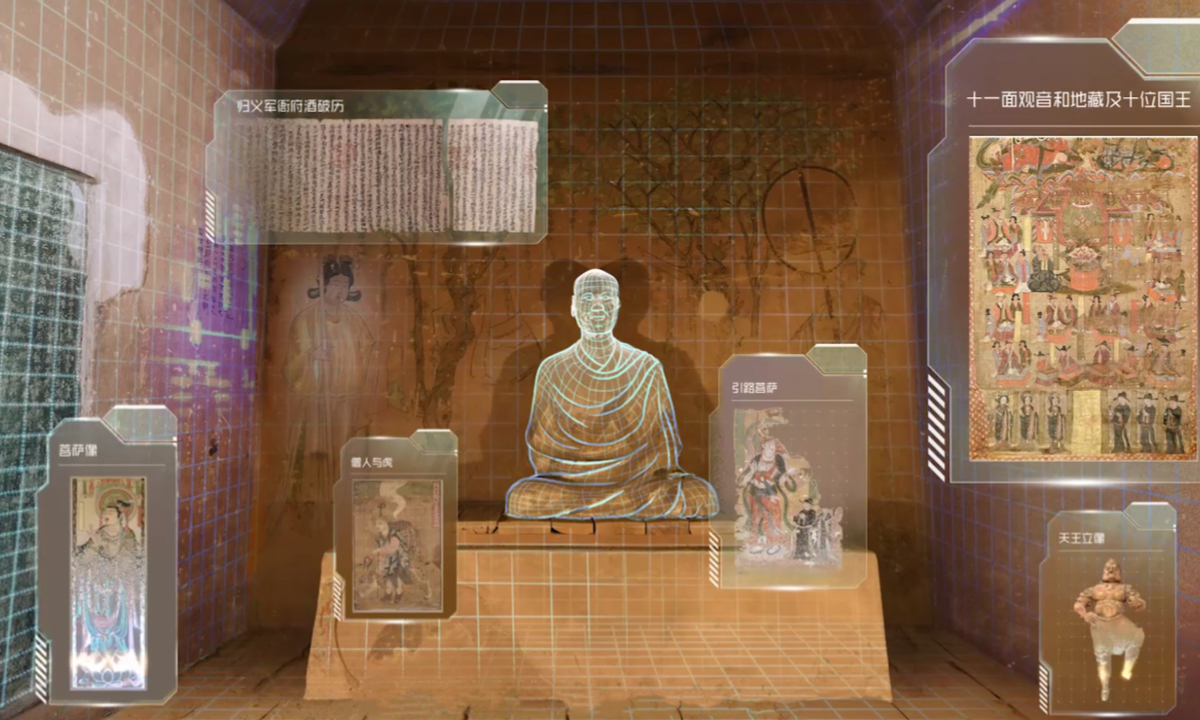
Concept art for the digital Library Cave Photo: Courtesy of the Dunhuang Academy
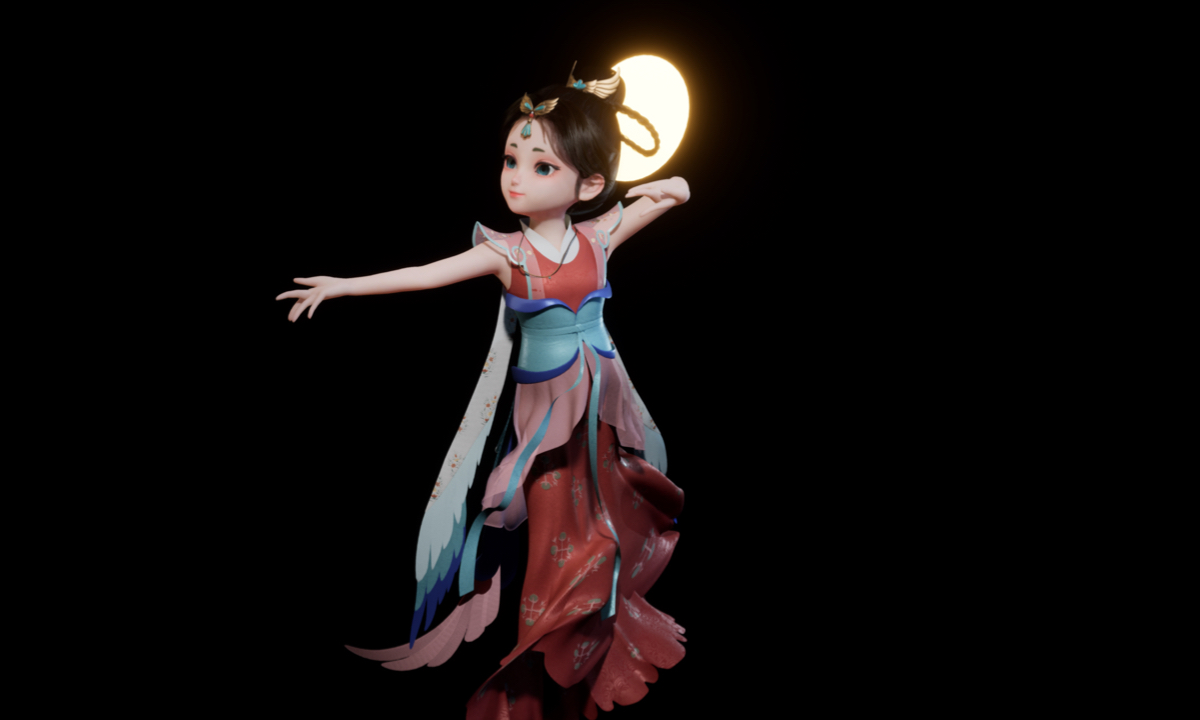
The virtual figure Jia Yao Photo: Courtesy of the Dunhuang Academy
A CGI figure of a dancer wearing traditional Chinese hair accessories and clothing is helping popularize Buddhist art by inheriting dance moves that originated thousands of years ago. The little figure was inspired by the Flying Apsaras (female water spirits in Buddhist culture) depicted in murals at the Mogao Grottoes in Dunhuang, a major treasure house of art and culture located along the ancient Silk Road.
The virtual figure, named Jia Yao, is the official virtual ambassador of the Dunhuang Mogao Grottoes in Northwest China's Gansu Province. The grottoes are home to 735 caves containing some of the finest examples of Buddhist art spanning.
Jia Yao is one part of the Dunhuang Academy's efforts to make use of digital technology to promote and conserve the fine cultural relics at the site. Besides Jia Yao, other uses of technology include the digitization of the Buddhist murals, statues and texts found at the site, said the academy.
Shifting over to Southwest China, another significant cultural site, the Sanxingdui Ruins, just announced that efforts are underway to digitize the recent archaeological discoveries made at the site.
A digital archive of the archaeological data collected at the Sanxingdui Ruins is being established to promote the digital interpretation and transformation of archaeological research at the site. "This can meet the public demand to experience archaeology for themselves," Ding Daoshi, a veteran independent analyst in the internet sector, told the Global Times.
In May, the Central Committee of the Communist Party of China and the State Council released guidelines on developing the country's national cultural digitization strategy. The guidelines noted that by 2035 a national cultural big data system will be established with the aim of comprehensively presenting Chinese culture and allowing all the people in the country to access the results of digital cultural research.
1:1 accuracy
Among the many caves at the grottoes, one cave containing an important cache of documents was discovered in 1900. This so-called "Library Cave" is one of the most important parts of the digitalization project being carried out by the Dunhuang Academy and Chinese internet giant Tencent.
Su Bomin, head of the Dunhuang Academy, said that more than 50,000 cultural relics have been found in the Library Cave and their influence has expanded overseas. The digitalization project seeks to reproduce the real history of the cave through laser scanning and photo reconstruction technology combined with procedural content generation and physical rendering technology.
These technologies can restore the details of the ancient paintings in the cave and other cultural relics with a millimeter-level 1:1 accuracy.
The first cultural relic that will soon enter the public eye in the virtual world is a national first-class cultural relic: an account book dating to the Song Dynasty (960-1279). This book provides insight into the economy, culture, calendar and folk customs of Dunhuang at the time.
The Sanxingdui Ruins has also launched a digital interactive space featuring new archeological discoveries such as a bronze altar found in Pit No.5. Entering the digital space, visitors can immerse themselves in the ancient Shu Kingdom as they explore a digital museum and the excavation site.
While the actual cultural relics found in Pit No.5 have been packed and shipped to a cultural protection center, leaving the pit empty. However, in the digital interactive space, people can explore the pit before it was excavated. For instance, fine pieces of gold can be seen scattered around the pit.
Challenges ahead
Efforts to digitize China's heritage has been carried out for years.
Yu Tianxiu, director of the Dunhuang Academy's Cultural Relics Digitization Department, noted that the grottoes' earliest digitization efforts began in the early 1990s. At that time, the biggest debate concerned what kind of technology should be used to archive the site.
The fruits of these digitalization efforts have been accumulating over the years and the technology used has improved and is now being used in more fields including publishing and art.
Other digital technology such as AI and motion capture have brought the virtual figure Jia Yao to life. To make the young girl look more real, the developers even gave her 3D model a skeleton and facial muscles.
Of course, challenges remain. Ding pointed out that the sheer number of cultural relics poses an issue and that a unified standard has yet to be set when digitalizing them. Ding added that digital technology must continue to improve as current technology can easily recreate the outer appearance of an object, but it is difficult to record the detailed inner structure of objects.
